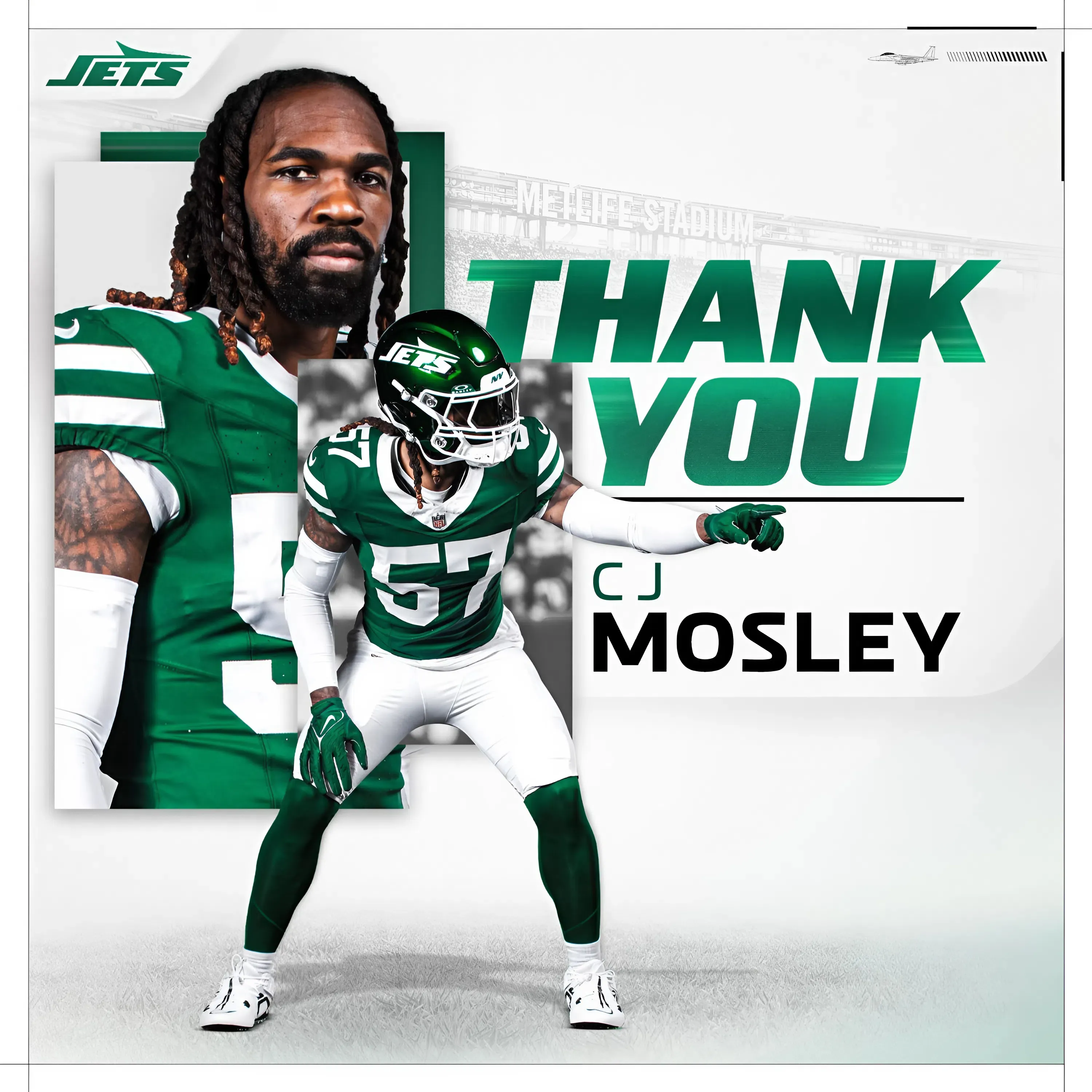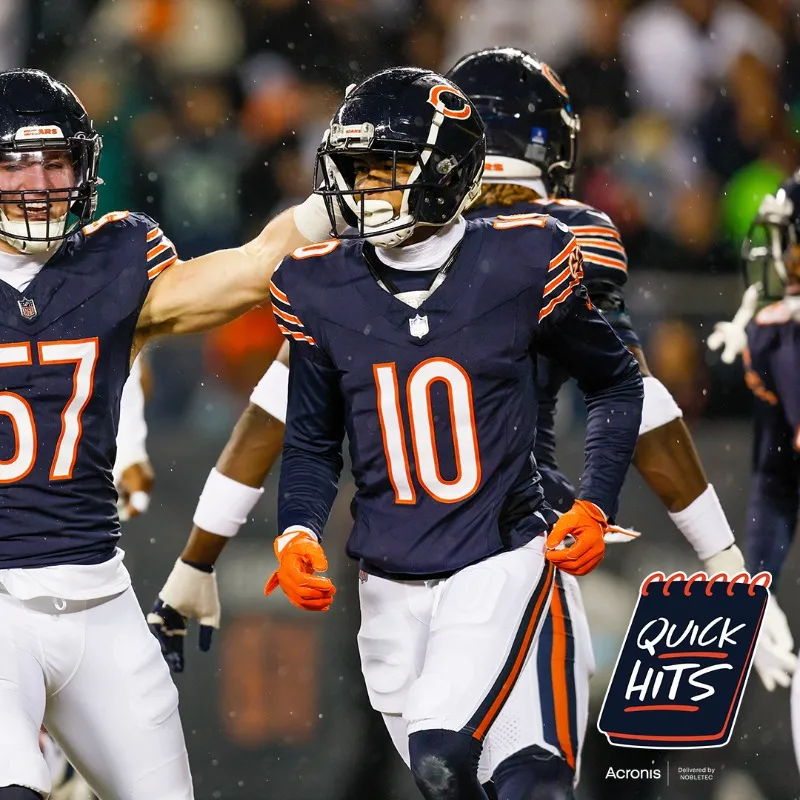It is officially offseason season in the NHL with the draft long gone and free agency mostly wrapped up. While players retreat to their cottages and soak up some sun, it’s now one of my favourite times of the year: talking myself into mock lineups and reminiscing on teams and players of the past.
In looking back through Edmonton’s history, they’ve had an unfortunate history of trading away young players who turned out to have good careers elsewhere, while the players they traded them for always seemed to disappoint. Due to this, I thought it would be interesting to go through some Oilers history and construct an all-time “Guys That Got Away” starting lineup.
A couple of ground rules to start. The players selected had to have played at least one game in an Oilers uniform, so hypothetical Oilers draft picks (Hello Matt Barzal and Shane Doan) won’t be on this list. Secondly, the player’s exit needs to have been through a trade. A player simply signing with another team of their own accord doesn’t count. With those rules in place, let’s take a look at some of the best players the Oilers let get away through the years.
Šatan Burns the Oilers
When you think of Miroslav Šatan, the Edmonton Oilers don’t exactly spring to mind. However, Šatan got his start in the NHL as a member of the Blue and Orange. Drafted 111th overall in the 1993 NHL Entry Draft, Šatan only played two seasons (1995–96 and 1996–97) as an Oiler but scored 18 and 17 goals in 62 and 64 games, respectively.
He looked to be a useful player on the rise that Edmonton would be wise to keep heading into the new millennium. Unfortunately, the Oilers’ financial situation wasn’t the best, and with the team also having Ryan Smyth, Mariusz Czerkawski, and Kirk Maltby on the wings, the decision was made to trade Šatan at the 1997 Trade Deadline to Buffalo for Craig Millar and Barrie Moore. Millar and Moore played a combined 40 games for the Oilers and racked up an astounding six total points, with all six coming from Millar.
Šatan, meanwhile, almost instantly blossomed into a consistent 20-goal scorer and 60-point getter with the Sabres and was a key part of their run to the 1999 Stanley Cup Final. Even after he signed with the Islanders after the 2005–06 lockout, Šatan continued to produce and eventually won a Stanley Cup with Sidney Crosby and the Pittsburgh Penguins in 2009. Although it was perhaps unlikely the Oilers would be able to sign Šatan due to financial concerns, getting six total points for such a consistent player is a massive loss, and one of the biggest “One That Got Away” moments in team history.
The Trade is One for One
Drafted in 2010, Taylor Hall was supposed to be the leader of a new era in Oilers hockey (anyone remember H.O.P.E?). In his first six seasons, he was the best player on some truly terrible hockey teams, averaging 55 points on an average of 66 games played. When the Oilers won the Connor McDavid sweepstakes in 2015 and took the Erie Otters phenom first overall, it seemed that, along with Ryan Nugent-Hopkins and Jordan Eberle, the Oilers had finally assembled their forward core of the future. Heading to a new arena for the 2016–17 season, Hall was thought to be one of the leading figures of the team’s next chapter.
However, everyone remembers where they were on June 29th, 2016, when Bob McKenzie famously proclaimed that the shocking Taylor Hall for Adam Larsson trade was one for one.
The entire hockey world immediately buried the Oilers for trading a player with Hall’s talent and pedigree for an “alright” defenceman. Hall’s Hart Trophy-winning season in 2017–18 certainly didn’t help the sentiment that the Oilers had made a tremendous mistake dealing him away. However, Hall was never quite able to reach his Hart Trophy heights again, and Larsson gave the Oilers five solid seasons, solidifying their top pairing with Oscar Klefbom.
With the power of hindsight, a trade that was once regarded as one of the worst in NHL history can be looked at as much more even. Even looking back with what we know now, trading Hall was a mistake. He was an immensely skilled fan-favourite who surely could have garnered a bigger return than just Larsson on his own, and whose breakout could have come alongside Connor McDavid and Leon Draisaitl, instead of in New Jersey.
Ryan for Ryan
Speaking of Jordan Eberle, his eventual trade to Long Island brought the Oilers back Ryan Strome, a young, cost-controlled forward who projected to be around a 40-point player. Strome had a decent first season, tallying 34 points in 82 games, but his 2018–19 season had a nightmare start. Two points in 18 games was enough for Oilers GM Peter Chiarelli to get desperate and trade Strome to the New York Rangers for Ryan Spooner straight up in November of that season. (What was with this guy and one-for-one deals?) Spooner proved to be an equally disastrous offensive producer, scoring just three points in 25 games for Edmonton before being mercifully waived in January 2019.
Strome, meanwhile, almost instantly regained his scoring touch, putting up 33 points in 63 games primarily on a line with Rangers star Artemi Panarin. Strome would ultimately score 195 points in 263 career games as a member of the Blueshirts, cracking the 40-point mark in his three full seasons as a Ranger.
This was a classic example of a team trading for a player and giving up on him too soon. Strome would’ve almost certainly succeeded in Edmonton had management given him even a little bit of a chance. Unlikely for the Oilers, Chiarelli’s panic move blew up in his face like he was named Wile E. Coyote, and Edmonton lost yet another talented forward for pennies on the dollar.
The Ballad of Jeff Petry
Drafted 45th overall in 2006, Jeff Petry wouldn’t make his NHL debut until the 2010–11 season. In his five seasons as an Oiler, Petry, like Hall, was often the best defenceman on some truly, truly dreadful hockey teams (long live the Belanger Triangle). Petry was also essentially told to sink or swim from day one, and with the Oilers mired in a perennial rebuild without proper veteran support on the defensive front, he made more than his share of mistakes.
Eventually, the Oilers came to a crossroads with Petry. The 2014–15 season saw Edmonton commit to blueliners like Andrew Ference (lol), Mark Fayne (double lol), and Nikita Nikitin at checks notes $4.5M for two years (LOL). As the Trade Deadline rolled around, the Oilers found themselves way out of the hunt again, and with Petry needing a new contract that offseason, they decided to cut bait. Petry was traded to the Montreal Canadiens for a 2015 second-rounder, as well as a fifth-round pick.
Stop me if you’ve heard this one before. The Edmonton Oilers traded a young, cost-controlled player for no discernible reason. Petry almost immediately excelled in Montreal, mainly because he wasn’t asked to play on one of the worst teams in hockey. Who knew that playing with Andrei Markov on the second pairing behind former Norris winner P.K. Subban would be conducive to success?
Petry had a number of good years with the Habs as a steady, puck-moving defenceman capable of orchestrating the breakout. This kind of defenceman was one those Oiler teams would have killed for. The only silver lining to the Petry trade was what Edmonton was able to do with the picks, sending the second-rounder, along with a third and seventh, to the Rangers for Cam Talbot. Talbot was an integral part of the Oilers’ return to the postseason in 2016–17, so I suppose we do have the Petry trade to thank for that.
Kesselring the Throw-In
Selected in the sixth round of the 2018 NHL Draft, expectations were not high that Michael Kesselring would turn into anything useful for the Oilers. However, his play as a member of the Bakersfield Condors was beginning to pique fan interest in 2022–23. Kesselring had posted an impressive 22 points in 49 games that season, and his defensive game had continued to improve.
The then-23-year-old appeared to have turned a corner in his development, and that Oilers roster only had Evan Bouchard, Tyson Barrie, Cody Ceci, and Vincent Desharnais on the right side of the defence. Kesselring was tracking as a player on the rise who would be able to contribute sooner rather than later. Unfortunately, he wouldn’t get the chance. Kesselring was traded to the Arizona Coyotes along with a third-round pick in 2023 for Nick Bjugstad and Cam Dineen.
Kesselring has only had two full seasons in the NHL, but the early returns look positive. He’s a steady, second-pairing defenceman, and at only 25, he’s got lots of hockey left in him. It’s possible Kesselring wouldn’t have gotten a fair shake in Edmonton, and was mainly traded due to a logjam on defence.
However, right-shot defencemen are the NHL’s rarest commodity, and it’s often best to get as many as you can. Kesselring would’ve fit right into the Oilers’ contention window at his age, behind Evan Bouchard on the depth chart but still able to hold his own in a second or third pairing situation. The Oilers will need more players like Kesselring eventually, so it’s a shame that he was dealt away with such little fanfare.
Dubnyk Done Wrong
The Edmonton Oilers’ goalie carousel has long been turning, but one of its biggest blunders came in the form of Devan Dubnyk. Originally drafted 14th overall in 2004, Dubnyk wouldn’t make his NHL debut for the Oilers until 2009–10, and wouldn’t get a full season until 2010–11.
However, once given the opportunity, Dubnyk took the job and ran with it. Dubnyk’s stats with the Oilers were positively sparkling, especially due to the poor rosters in front of him. Through three full seasons in Edmonton, Dubnyk averaged a .917 SV% and 2.65 GAA on one of the worst teams in hockey. Although not much went right for the Oilers in those years, it at least seemed like Edmonton had found its goalie of the future and could confidently build around him going forward.
Spoiler Alert: They did not do that. Dubnyk was traded to Nashville in January 2014 and bounced around with the Hamilton Bulldogs of the AHL and Arizona Coyotes before being traded to the Minnesota Wild in January 2015. It was there that Dubnyk regained his form and then some, backstopping the Wild all the way to a berth in the postseason after arriving on the team being eight points back of a playoff spot.
Dubnyk was nominated for the Vezina Trophy that season and won the Bill Masterton Trophy that summer, while also finishing fourth in Hart Trophy voting. This was another absolutely head-scratching trade. Was Dubnyk struggling when Edmonton dealt him? Absolutely. However, one rough start to a season shouldn’t mean you trade your career .917 SV% and 2.65GAA starting goaltender. The Oilers made a number of short-sighted moves during that era, but the Dubnyk deal still remains one of the biggest.
What could have been
While this starting lineup comes from different eras of Oilers hockey, it’s both fun and painful to see these names pop up as players who got away. Who else would make this team? Let us know in the comments!

-1749781359-q80.webp)
-1750407756-q80.webp)
